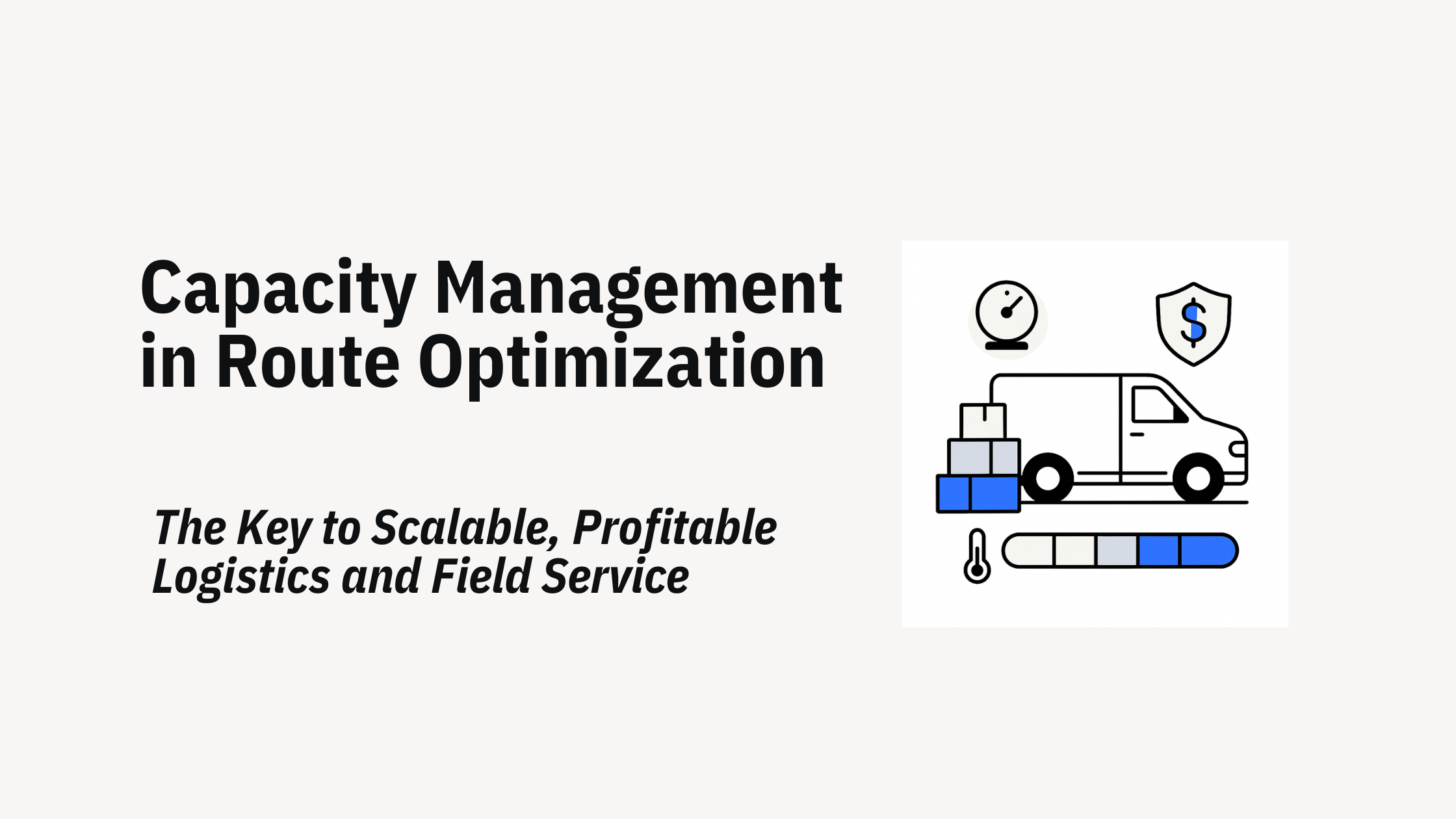That’s the vision behind embedding Solvice’s suggest and evaluate capabilities into a real-time scheduling companion. One that listens, proposes, and lets humans decide with confidence.
Why “Suggest” Matters
Imagine dialing in a new job halfway through a technician’s route. Instead of reshuffling everything, the system can instantly point out the most efficient place to insert the task.
That’s what the suggest endpoint of the Solvice route optimization API does: it scans the current routes, finds optimal insertion points for unplanned jobs, and returns ranked suggestions—complete with feasibility checks, impact on route efficiency, and travel-time considerations. It’s ideal for dynamic scenarios like appointment bookings, urgent service tasks, or same-day logistics changes. (Learn more: docs.solvice.io)
Schedulers retain control with immediate insight into the best available slots, reducing disruption and boosting responsiveness.
Why “Evaluate” Adds Confidence
After tweaking a schedule, including suggestions or manual adjustments, you want to know: how much does this change cost? Is it still efficient? Are we breaking any rules?
Enter the evaluate endpoint. Send it your (manually) adjusted schedule, and it returns clear metrics: feasibility, compliance with your labour and other rules, new travel time, distance, and a score summary that indicates the quality of your solution. You can compare your alternative against a baseline to confirm it’s a smart choice. (Learn more: docs.solvice.io)
This empowers schedulers to pilot changes with data rather than intuition.
A Smarter, Human-Centric Workflow
Together, suggest and evaluate form a lightweight, interactive scheduling assistant loop:
- Suggest offers optimal time slots for new or urgent jobs.
- The user selects a suggestion or manually tweaks the schedule.
- Evaluate scores the outcome, showing impact and constraint violations.
- The user decides—accept, adjust, or rethink—with full transparency.
This maintains momentum: decisions stay in motion without unintentionally derailing the plan.
Built on a Consistent API
These capabilities sit on top of Solvice’s VRP (Vehicle Routing Problem) API, which handles route optimization across real-world constraints such as time windows, vehicle capacity, driver skills, and many more. (Learn more: docs.solvice.io)
The API’s unified design means you use the same patterns whether working with solve, suggest, or evaluate. Once you’re familiar with one, the others follow naturally. (Learn More: docs.solvice.io)
Explore Further
Curious how these endpoints can create a more adaptive and transparent scheduling experience?


